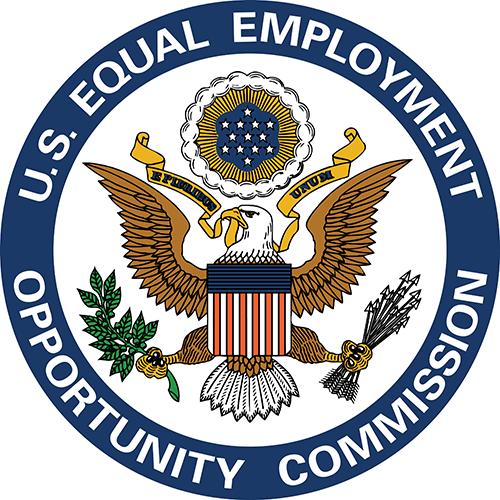
The U.S. Equal Employment Opportunity Commission (EEOC) is solidifying the commitment of federal agencies to increase the representation of people with disabilities in the federal workforce by issuing a proposed rule that would require every federal agency to have 12% of the workforce represented by people with disabilities. In addition, under this proposal, federal agencies would have to have 2% of the workforce represented by people with targeted/severe disabilities. These could include blindness, deafness, paralysis, epilepsy, severe intellectual disability, psychiatric disability, and dwarfism. As of September 30, 2015, the total NIH workforce1 has 7.0% percent of the workforce with reportable disabilities and 1.2% percent of the workforce with targeted or severe disabilities2.
Current EEOC Chair, Chai R. Feldblum, described this proposed rule as a “game changer” noting that, since 2013, federal contractors have been required to meet hiring goals for the employment of people with disabilities. He also noted that this proposed rule would hold federal agencies to an even higher standard. In 2010, President Obama issued an executive order (Executive Order 13458) to increase the representation of people with disabilities in federal agencies. This plan was for the government to hire 100,000 people with disabilities in federal agencies over the course of a five-year period. Since 2010, over 250,000 people with disabilities have been hired by federal agencies, far exceeding the President’s goal.
Comments from the public regarding this bill are open until April 25, 2016. For the complete Proposed Rule and to make comment, please visit The Federal Register.
- 1Visit the link to FY 2015 NIH MD-715 Report. Commissioned Corps and Foreign Nationals are not included.
- 2This data was pulled from the 2015 Management Directive-715.






